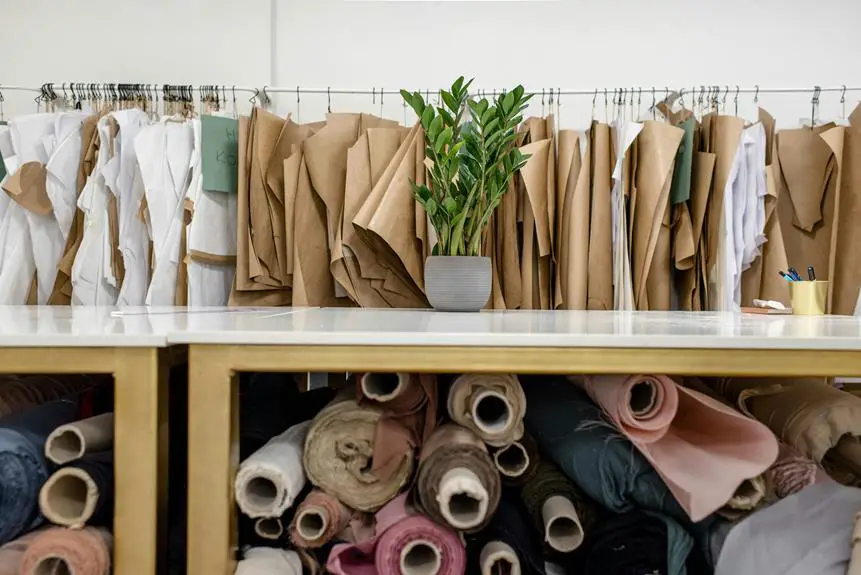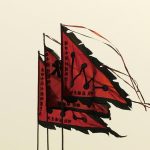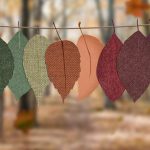You might not realize how the journey of damask fabric starts long before it graces the runway or your living room. It all begins with farmers meticulously cultivating the raw materials, each step crucial to the process. As you explore the intricate weaving techniques and the patterns that emerge, you'll find that damask is more than just a fabric—it's a testament to artistry and sustainability in fashion. But what does this mean for the future of style and environmental responsibility? The answer could reshape your understanding of fashion.
Table of Contents
History of Damask Fabric
Damask fabric has a rich history that dates back to ancient times, blending artistry and functionality in its intricate designs. Originating in the city of Damascus, this luxurious textile became a symbol of wealth and prestige. You'll find that the intricate patterns were woven into the fabric, showcasing both skill and creativity. Initially crafted from silk, damask soon evolved to include linen and wool, making it accessible to a wider audience.
As you explore the timeline, you'll notice how damask spread throughout Europe during the Middle Ages. It adorned the tables of nobility and graced the walls of grand castles. The Renaissance further propelled its popularity, as artists and designers began experimenting with colors and motifs, leading to even more elaborate designs.
In the 19th century, advancements in weaving technology allowed for mass production, making this once-exclusive fabric available to the middle class. Today, you'll see damask used in various applications, from upholstery to fashion, maintaining its timeless appeal.
Cultivation of Raw Materials
To create exquisite damask fabric, you'll need high-quality raw materials, primarily silk, linen, or wool, each requiring specific cultivation techniques.
Let's break down what it takes to cultivate these essential fibers.
For silk, you'll start with mulberry trees, as silkworms feed exclusively on their leaves. You'll need to maintain a controlled environment to ensure optimal growth and health of the larvae.
When it comes to linen, you'll cultivate flax plants. These thrive in cooler climates, requiring well-drained soil. After harvesting, you'll need to rett the plants, allowing bacteria to break down the stalks, making the fibers easier to extract.
For wool, raising sheep is your best bet. You'll focus on specific breeds known for their fine fleece. Proper grazing land and care are crucial, along with regular shearing to ensure high-quality wool.
Here's a quick summary of what you need to keep in mind:
- Silk: Mulberry trees and controlled environments
- Linen: Flax plants and retting process
Weaving Techniques and Patterns
Understanding the weaving techniques and patterns is crucial for transforming raw fibers into the stunning damask fabric you envision. The hallmark of damask lies in its intricate designs, which are created through a unique weaving process. You'll typically encounter two primary techniques: jacquard and satin weave.
With jacquard weaving, individual threads are controlled by a series of punch cards or digital controls, allowing for complex patterns and motifs. This method gives damask its characteristic reversible quality—both sides feature distinct yet complementary designs.
On the other hand, satin weave provides that luxurious, glossy finish you love. It involves weaving over several threads before going under one, resulting in a smooth surface that enhances the fabric's richness.
You'll also notice various patterns, from floral to geometric designs. These patterns aren't just random; they often have historical significance or tell a story.
As you explore these techniques, keep in mind that the choice of yarn can significantly affect the final look and feel of the damask. So, whether you're designing or selecting fabric, understanding these weaving methods will help you appreciate the artistry behind damask.
Fashion Applications of Damask
The rich textures and intricate designs of damask make it a favored choice in various fashion applications, from elegant evening wear to sophisticated home decor.
You'll find damask fabric elevating your wardrobe and living spaces, giving them a timeless appeal. Whether you're dressing up for a special occasion or creating an inviting atmosphere at home, damask delivers a touch of luxury.
Here are some popular fashion applications of damask:
- Evening Gowns: The plush quality of damask enhances the silhouette, making it a stunning choice for formal attire.
- Accessories: From handbags to scarves, damask adds a unique flair to your accessories, making them stand out.
When you choose damask, you're not just selecting a fabric; you're embracing a legacy of artistry and sophistication.
Its versatility allows you to express your style in various ways, ensuring that your fashion choices are as unique as you are.
Sustainable Practices in Damask Production
Sustainable practices in damask production increasingly focus on eco-friendly materials and ethical manufacturing processes. You'll find that many producers are now prioritizing organic fibers, such as cotton and linen, which reduce the environmental impact. By choosing dyes that are low in harmful chemicals, they ensure that the water and soil remain unpolluted.
Here's a quick overview of sustainable practices in damask production:
| Practice | Benefits | Example |
|---|---|---|
| Organic Farming | Reduces pesticide use | Organic cotton damask |
| Eco-friendly Dyes | Minimizes water pollution | Plant-based dyes |
| Fair Trade Practices | Supports local communities | Fair Trade certified damask |
| Energy-efficient Production | Lowers carbon footprint | Solar-powered factories |
| Recycled Materials | Decreases waste | Recycled fabric blends |
Frequently Asked Questions
What Are the Different Types of Damask Fabric Available?
You'll find various types of damask fabric, including silk, polyester, and linen. Each type offers unique textures and patterns, perfect for upholstery, table linens, or clothing, depending on your style and intended use.
How Do I Care for Damask Garments?
To care for damask garments, you should hand wash them in cold water with mild detergent. Avoid wringing, and instead, lay them flat to dry. Iron on low heat to maintain their texture and appearance.
Can Damask Be Used for Upholstery?
Yes, you can definitely use damask for upholstery! Its rich texture and durability make it an excellent choice for furniture. Just ensure it matches your decor style, and you'll have a stunning result.
What Is the Price Range for Damask Fabrics?
Damask fabrics typically range from $10 to $100 per yard, depending on factors like quality, design, and brand. You'll find both affordable options and luxurious choices to suit your budget and style preferences.
Are There Any Hypoallergenic Damask Options?
Yes, you can find hypoallergenic damask options. Look for fabrics made from natural fibers like cotton or linen. They're less likely to irritate sensitive skin, ensuring comfort and style without compromising your health.
- How Does Ring Spun Cotton Affect Garment Fit and Shape Retention? - August 13, 2024
- What Are the Challenges in Producing Ring Spun Cotton? - August 13, 2024
- Is Ring Spun Cotton Suitable for Plus-Size Clothing? - August 13, 2024






